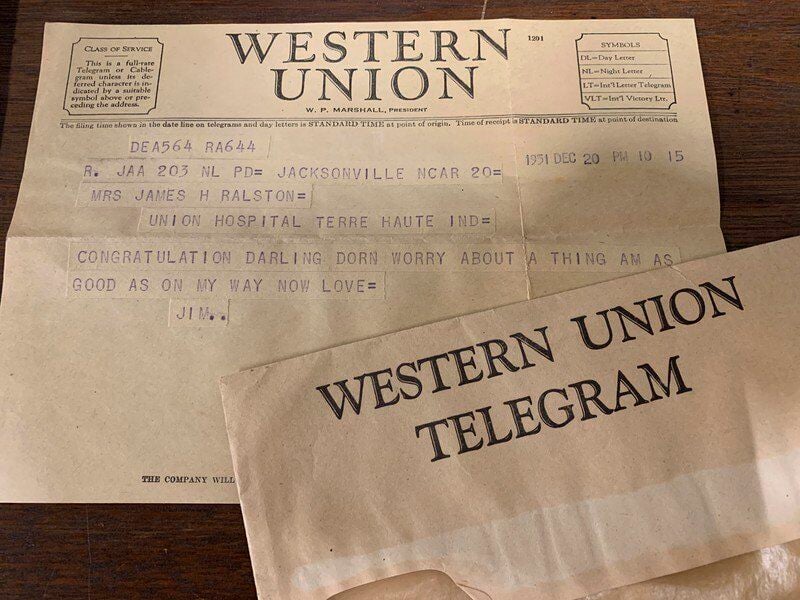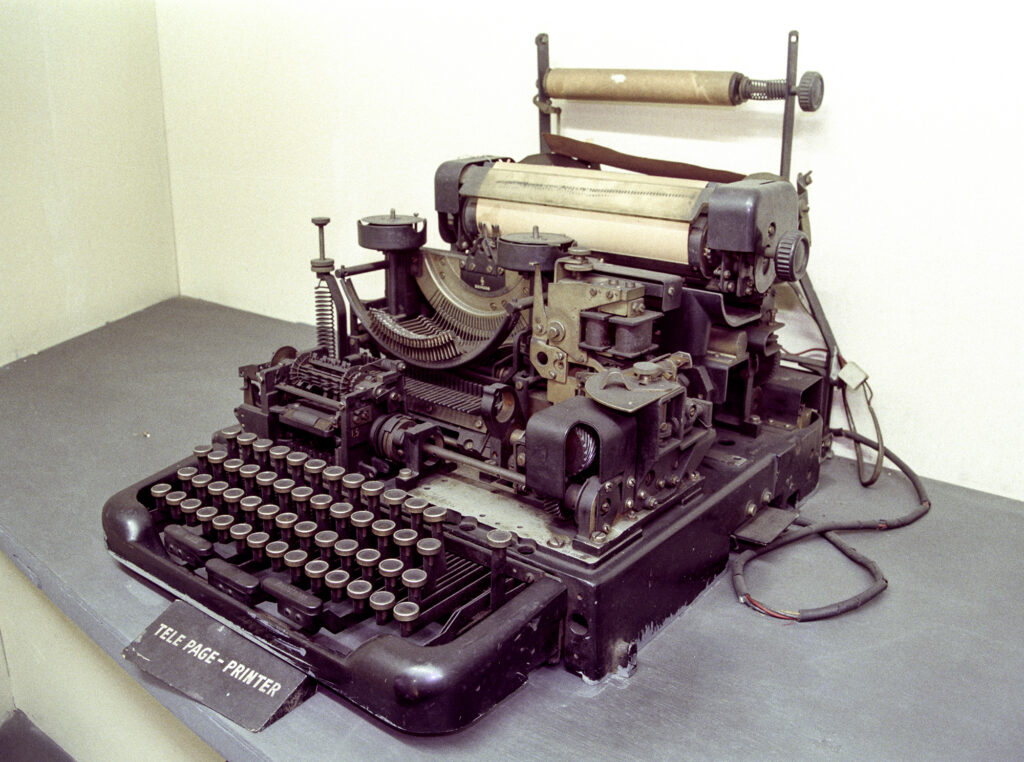The Diffusion of Innovation Theory is a theory developed by E.M Rogers in 1962 to explain how a product or idea spreads throughout a society, ultimately resulting in the adoption of this product. In this process, there are five categories of the types of people that will adopt the product and when they will adopt it. First, innovators or pioneers will take the risk of using the untried innovation, then early adopters will follow and act as opinion leaders by not shying away from necessary change. After this, the early majority will begin adopting the innovation once they have evidence that it works, and the late majority will follow after early majority approval has been given. Finally, laggards will gradually adopt the innovation, but it will take them a long time, since they are naturally skeptical and resistant to whatever change this innovation will cause.
One example of the applicability of the Diffusion of Innovation Theory is the adoption of the telegraph after it's first successful transmission in 1844. At this time, the electric telegraph was a novel idea in the eyes of the American consumer, but eventually it developed into a successful market.
The Pioneers of the telegraph include Samuel Morse and his business partners: Amos Kendall,
Leonard Gale, Alfred Vail, and F.O.J. Smith. Morse, Gale, and Vail were the contributing inventors of the telegraph and Kendall and Smith handled the business affairs. These men intiated the spread of the telegraph, building the first telegraph lines and introducing the invention to new areas across the country.
Leonard Gale, Alfred Vail, and F.O.J. Smith. Morse, Gale, and Vail were the contributing inventors of the telegraph and Kendall and Smith handled the business affairs. These men intiated the spread of the telegraph, building the first telegraph lines and introducing the invention to new areas across the country.
Next, early adopters appeared in the form of rival telegraph lines that were built along the same routes as Morse's lines. They were built from the use of new patents that improved upon Morse's design. For example, the telegraph device used by the Royal House had higher quality wire, more insulation, and a keyboard. Altogether, by 1851, there were 75 competeing telegraph companies with 21,147 miles of wire.
In that same year, the Western Union Corporation was built, which became the largest provider of telegraph service in the United States. This company's dominance in the telegraph market contributed greatly to both the early and late majority adoptions of the telegraph, with their construction of the first transconinental telgraph in 1861. Additionally, between the years of 1866 and 1900 the yearly messages sent over Western Union's telegraph lines increased from 5.8 million to 63.2 million, showing their influence in the market.
Between the years of 1900 and 1945 the telegraph drew in the last customers it possibly could (the laggards) before it declined in the face of competition from the telephone. In these years, the telegraph had success as an inexpensive form of long-distance and international communication, especially with the development of the teletypwriter in the 1920s. The teletypewriter enabled people to send and receive telegraph messages without the use of Morse code. In 1945, 236 million domestic messages were sent, the most messages ever sent over a telegraph network in the United States. After this, the telegraph lost its prevalence because of the emergence of other innovations.



No comments:
Post a Comment